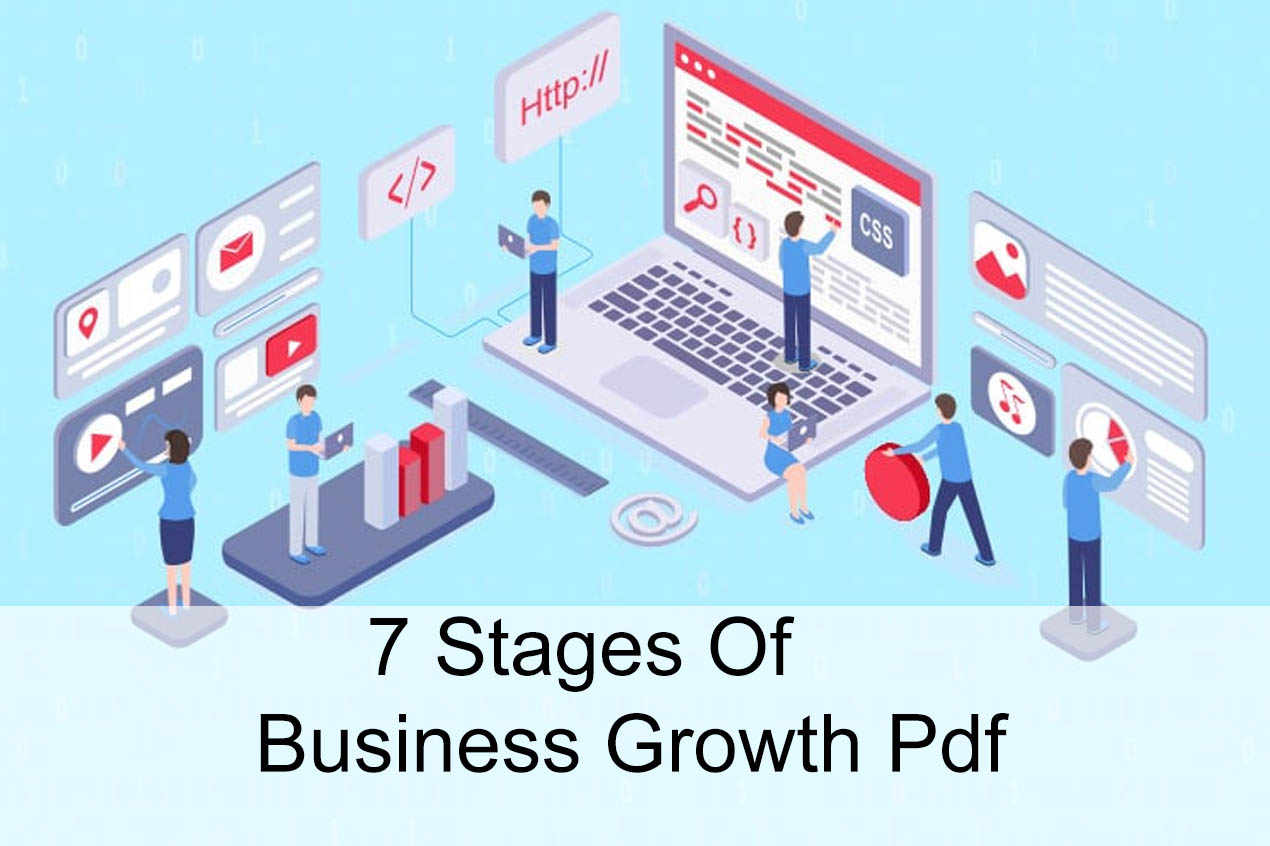
7 Stages Of Business Growth Pdf
Emily
- 0
As a business owner or entrepreneur, you may have heard about the 7 stages of business growth. These stages were first introduced by James Fischer in his book “Navigating the Growth Curve” and have since become a popular framework for understanding the growth trajectory of businesses. In this article, we will discuss each of the 7 stages of business growth and what they mean for your business.
- Seed Stage
The seed stage is the first stage of business growth, where your business is just an idea or a concept. At this stage, you are trying to validate your business idea and see if it has any potential in the market. You are also likely to be focused on building a prototype or a minimum viable product (MVP) to test your idea in the market.
- Start-Up Stage
The start-up stage is where you begin to turn your business idea into a reality. You have a product or service that you are offering to customers, and you are starting to build your customer base. At this stage, you are likely to be focused on marketing and sales to generate revenue and establish a foothold in the market.
- Growth Stage
The growth stage is where your business starts to gain traction and experience rapid growth. You have a proven business model, a growing customer base, and a clear path to profitability. At this stage, you are likely to be focused on scaling your business and expanding your reach into new markets.
- Expansion Stage
The expansion stage is where you start to diversify your business and expand your product or service offerings. You may also be looking to enter new markets or geographies to further grow your business. At this stage, you may also be looking to raise additional capital to fuel your growth.
- Maturity Stage
The maturity stage is where your business has become established and is generating consistent revenue and profits. You have a loyal customer base and a strong brand reputation. At this stage, you are likely to be focused on optimizing your operations and increasing efficiency to maximize profitability.
- Decline Stage
The decline stage is where your business starts to experience a decline in revenue and profitability. This can be due to increased competition, changing market conditions, or other external factors. At this stage, you may need to reevaluate your business model and make strategic changes to turn things around.
- Turnaround Stage
The turnaround stage is where you take action to reverse the decline and get your business back on track. This may involve restructuring your operations, cutting costs, or pivoting your business model. At this stage, it is critical to have a clear understanding of your business’s strengths and weaknesses and to be willing to make difficult decisions to get back on the path to growth.
- Seed Stage
The seed stage is where entrepreneurs develop their business ideas and conduct market research to assess the viability of their concepts. At this stage, entrepreneurs are focused on building a prototype or a minimum viable product (MVP) to test their ideas in the market.
To succeed in the seed stage, entrepreneurs must be passionate, innovative, and adaptable. They must also be willing to take risks and learn from their failures.
- Start-Up Stage
The start-up stage is where entrepreneurs begin to build their businesses and acquire customers. At this stage, entrepreneurs are focused on marketing and sales to generate revenue and establish a foothold in the market.
To succeed in the start-up stage, entrepreneurs must have a strong business plan, a clear value proposition, and a deep understanding of their target customers. They must also be prepared to invest in marketing and sales to build their customer base.
- Growth Stage
The growth stage is where businesses experience rapid growth and begin to scale their operations. At this stage, businesses are focused on expanding their reach into new markets, increasing their production capacity, and improving their customer experience.
To succeed in the growth stage, businesses must have a strong leadership team, a scalable business model, and a sound financial plan. They must also be willing to invest in technology, infrastructure, and human capital to support their growth.
- Expansion Stage
The expansion stage is where businesses start to diversify their offerings and enter new markets. At this stage, businesses are focused on expanding their product or service lines, entering new geographies, and building strategic partnerships.
To succeed in the expansion stage, businesses must have a deep understanding of the market, a strong brand reputation, and a solid business network. They must also be willing to take calculated risks and make strategic investments to capitalize on new opportunities.
- Maturity Stage
The maturity stage is where businesses have become established and are generating consistent revenue and profits. At this stage, businesses are focused on optimizing their operations and increasing efficiency to maximize profitability.
To succeed in the maturity stage, businesses must have a strong management team, a culture of innovation, and a commitment to continuous improvement. They must also be able to adapt to changing market conditions and stay ahead of the competition.
- Decline Stage
The decline stage is where businesses start to experience a decline in revenue and profitability. This can be due to increased competition, changing market conditions, or other external factors.
To turn things around in the decline stage, businesses must be willing to make difficult decisions and take bold actions to reverse the decline. This may involve restructuring their operations, cutting costs, or pivoting their business model.
- Turnaround Stage
The turnaround stage is where businesses take action to reverse the decline and get back on track. This may involve restructuring their operations, cutting costs, or pivoting their business model.
To succeed in the turnaround stage, businesses must have a clear understanding of their strengths and weaknesses, a willingness to make tough decisions, and a commitment to continuous improvement. They must also be able to inspire their employees and rebuild trust with their customers and stakeholders.
In conclusion, the 7 stages of business growth provide a useful framework for understanding the growth trajectory of businesses. By understanding the unique challenges and opportunities of each stage, entrepreneurs and business leaders can make informed decisions and take bold actions to drive their businesses forward.

